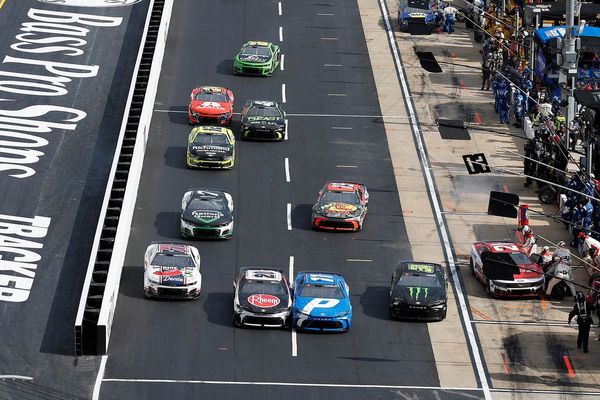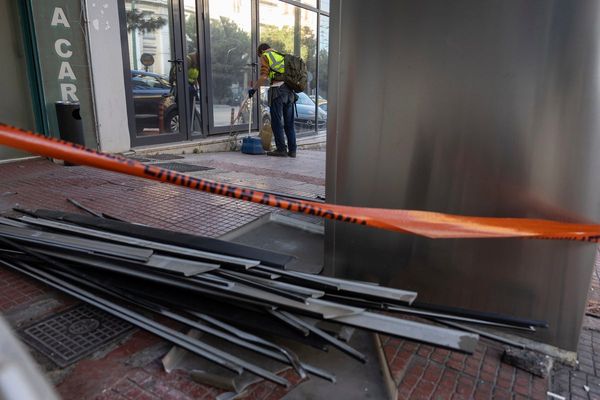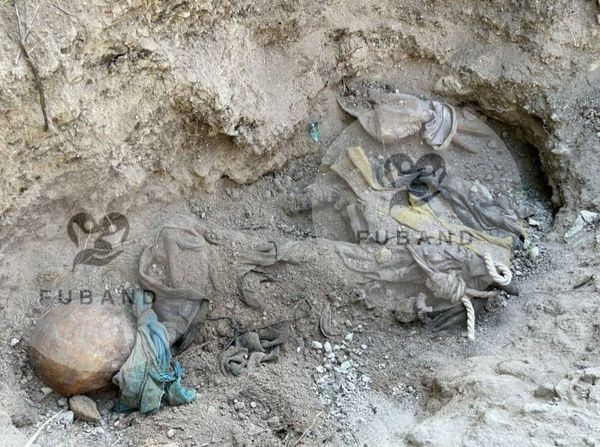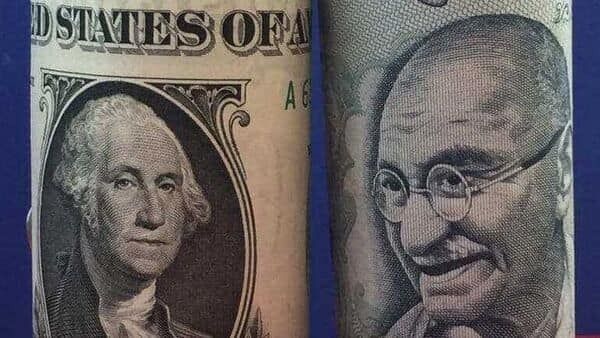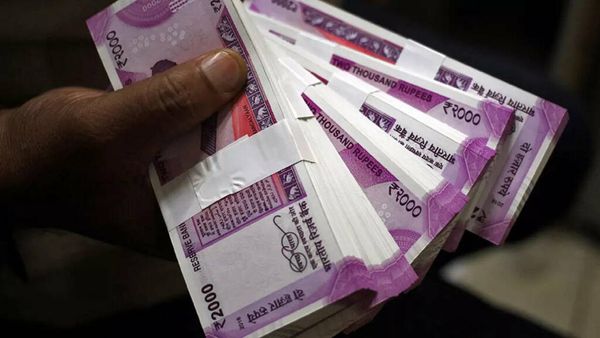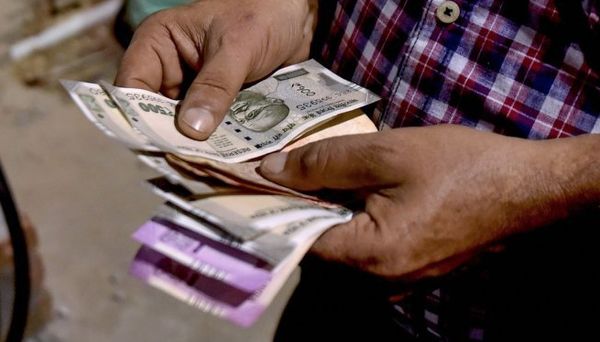
The Sensex and Nifty closed Monday’s trading session higher by 1.41% and 1.43%, respectively, putting in their best performance since 21 June.

The stock market rally, however, failed to boost the currency, as the flight to dollar assets continued amid global economic uncertainties and the US central bank’s aggressive monetary tightening.
The rupee came in spitting distance to the 80 mark against the dollar, closing at 79.98 against Friday’s close of 79.88. To be sure, the currency crossed the barrier in the offshore and over-the-counter markets last week, but it is yet to breach the mark in the spot market.
“Domestic equities rallied amid positive global cues. Global markets were positive on the back of upbeat earnings, strong retail sales data in the US and easing fears of aggressive rate hikes by the Fed. Further, efforts taken by Chinese authorities to address rising financial risks from falling property market boosted investor’s sentiments," said Siddhartha Khemka, head of retail research, Motilal Oswal Financial Services Ltd.
Easing commodity prices and the monsoon’s progress have been helping the domestic markets post gains this month, added Khemka.
“Progressive monsoon, ongoing results season, easing commodity prices and expected growth in rural demand have helped domestic markets recover smartly from their lows. Nifty gained 5% in July and is holding well above its 16,000-mark. Even mid- and small-cap indices are up 8.5% and 6%, respectively, in July," he said.
Investors will be keenly watching crude price movement as a sustained decline in oil prices below $100 could help support the Indian currency and cool domestic inflation.
“Crude prices ended the week below $100 a barrel for the first time since early April, shedding 7% in the week. The much talked about meeting between US President Joe Biden and the Saudi Prince turned out to be a meagre formality as Biden left Saudi Arabia without any concrete assurances on oil production. He, however, said the Saudis shared his “urgency" to increase supply, and he expects “further steps in the coming weeks". Saudi ministers stressed that oil policy decisions would be taken according to market logic and within the OPEC+ framework. The next meeting will be on 3 August, said Mohammed Imran, an analyst at Sharekhan by BNP Paribas.
Anuj Choudhary, another analyst at the brokerage, said he expects the rupee to trade in a range of ₹79.20-80.80 in the next couple of sessions.
“We expect rupee to trade with a positive bias because of rising risk appetite in global markets and weakness in dollar. Improved global risk sentiments may also support the rupee. However, a pullback in crude oil prices and continued selling pressure by foreign investors may cap sharp gains in the rupee," Choudhary said.
To be sure, market watchers believe the second half of the calendar year will likely be better for Indian equities.
“The second half could prove to be better compared with the 9% decline the benchmark Nifty 50 Index witnessed in H1 2022. The key risks stem from crude prices and a worsening balance-of-payments situation," said Credit Suisse in a report.
“Slower topline growth remains a key risk. Nevertheless, commodity prices have started to ease, and that could cushion margins, which are already reeling under significant cost pressures," the report added.

